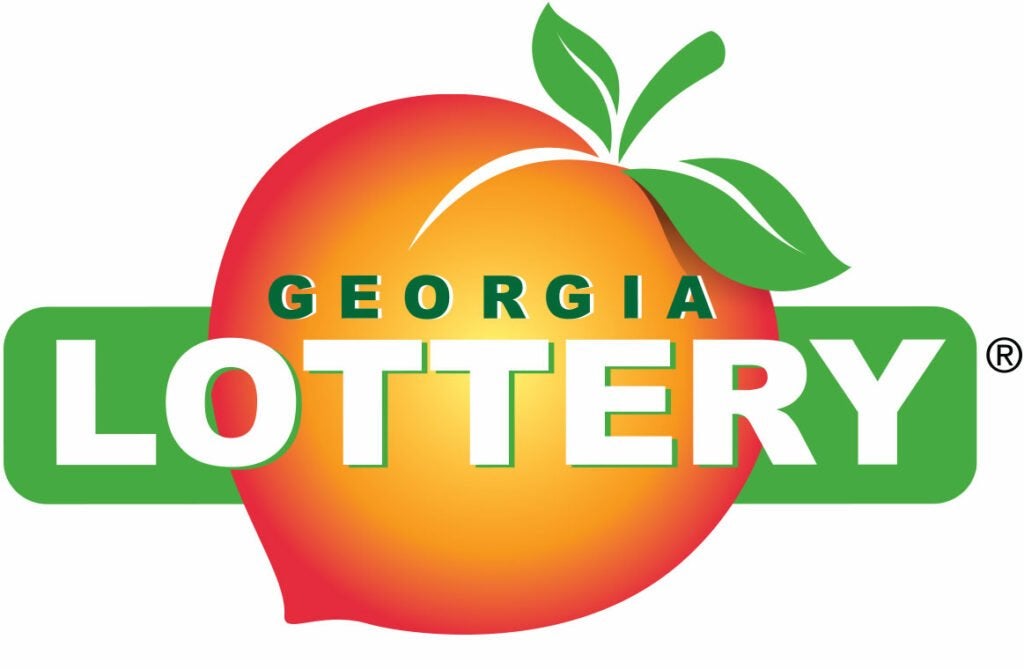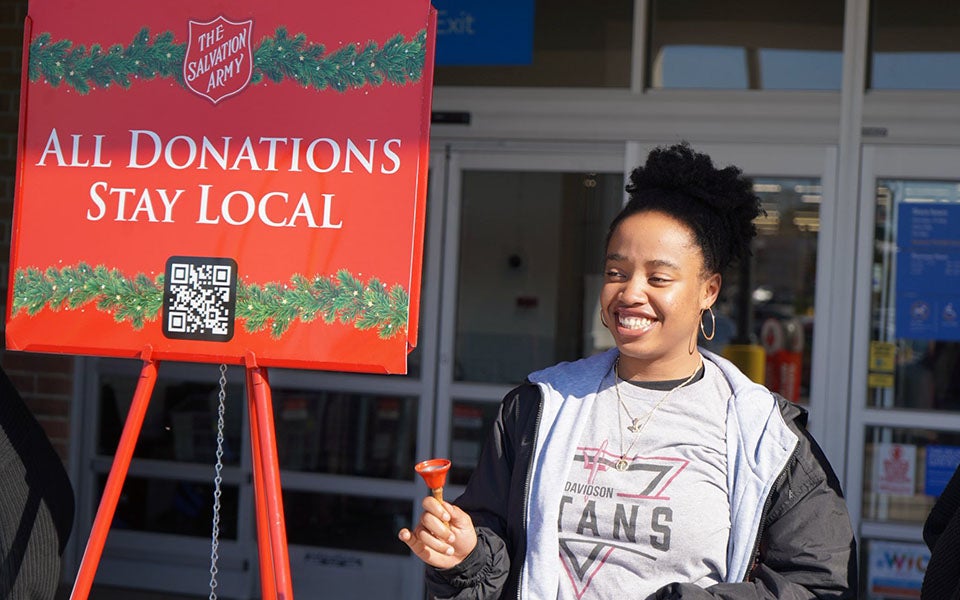Welcome to January and a brand new opportunity to up your gardening game!
This month we’ll be talking about preparing for some spring activities that we are all looking forward to with an eye to the weather. In our area, what used to be called Zones 7B and 8A is now designated as 8b thanks to a recent redrawing of the USDA Plant Hardiness Zone map. The new zone map is, on average, about 2.5 degrees warmer than the old 2012 map and our new zone, 8b, suggests a winter low temp average of 15-20 degrees F.
Note that a bit of the more northern parts of Aiken and Edgefield counties are actually a bit cooler than most of the Augusta area and are in zone 8a. Here is a link to the interactive map where you can see all this for yourself. Just plug in your zip code and you can drill down to see exactly which zone you are in. https://planthardiness.ars.usda.gov/. The site contains a great deal of helpful information on understanding just what the zones mean and how they are created. The time spent reading here will be well worth the investment.
Even with these changes, we still have two major planting periods, which are March until May and late July to September. This, in turn, means that if you plan to start seeds indoors and transplant later, you need to know how long it takes to grow those seeds to a transplantable size. However, if you plan to directly sow your seeds into a bed, that date will, of course, change significantly.
A great example of the differences in development times can be seen with peppers and tomatoes. Peppers and eggplant are traditionally slow to germinate and get started, so most people, in our area, start these indoors in mid to late January and then transplant them in mid to late April, about eight to 10 weeks. Tomatoes on the other hand start much more quickly and most varieties will reach transplantable size in roughly six weeks.
So, when can you transplant your seedlings? The last average frost date for zone 8b is technically March 15, but remember, that’s just an average. Thus, 50% of frost dates fall after March 15. I like to err on the side of caution and use April 15 as an approximate planting date. It’s easy to remember and rarely disappoints us.
Of course, each year is a bit different, so you can be guided by the forecasts at the National Weather Service. You can plug in your zip code, at this web site, to get very localized forecasts. https://www.weather.gov/. Another great source is the University of Georgia’s weather net, where you can also plug in your zip code to get localized data at https://www.georgiaweather.net/. And while I am on the topic of weather, I’m going to recommend the NOAA web site for intermediate as well as long range forecasts. These are about as accurate as you can get and can help you plan your gardening chores at least a week or so in advance. https://www.cpc.ncep.noaa.gov/products/forecasts/.
Speaking of cooler weather, many of us who have some sort of greenhouse, are continuously looking for some way to economically heat them during those periods which invariably hit us in January or February, where the temps drop into the teens and stay there for a week. I recently did a review of the “tips” on YouTube and came away with the impression that there are certainly a lot of well meaning people who have no idea what they are doing.
I saw so many videos that suggested that you can heat a greenhouse with a candle and a terracotta flowerpot! They apparently weren’t listening in class when the teacher discussed heat and BTU’s (British Thermal Units). Kerosene and candle wax both have roughly the same number of BTU’s per gallon (roughly 135,000 per gallon vs 130,000 per gallon. Most small kerosene heaters burn approximately ¼ of a gallon (1 quart) per hour producing approximately 23,000 BTU’s in process. (The conversion is not highly efficient).
It is therefore obvious that the slightly less energy dense candle wax would require a volume of more than one quart to equal the amount of heat generated by the kerosene. I haven’t seen a one quart sized candles which will burn in an hour. Even if it did, it would require eight of these to equal the output of the kerosene heater. Sorry folks, there ain’t no free lunch! This link has an overview of several hobby greenhouse considerations. https://secure.caes.uga.edu/extension/publications/files/pdf/B%20910_4.PDF
Lastly, I’d like to leave you a link to a great chart which outlines a large number of vegetables, their planting dates, time to maturity, planting depth and lots of other helpful information, https://secure.caes.uga.edu/extension/publications/files/html/C963/C963VegeChart.pdf
And, by the way, you did get those soil tests submitted didn’t you?










